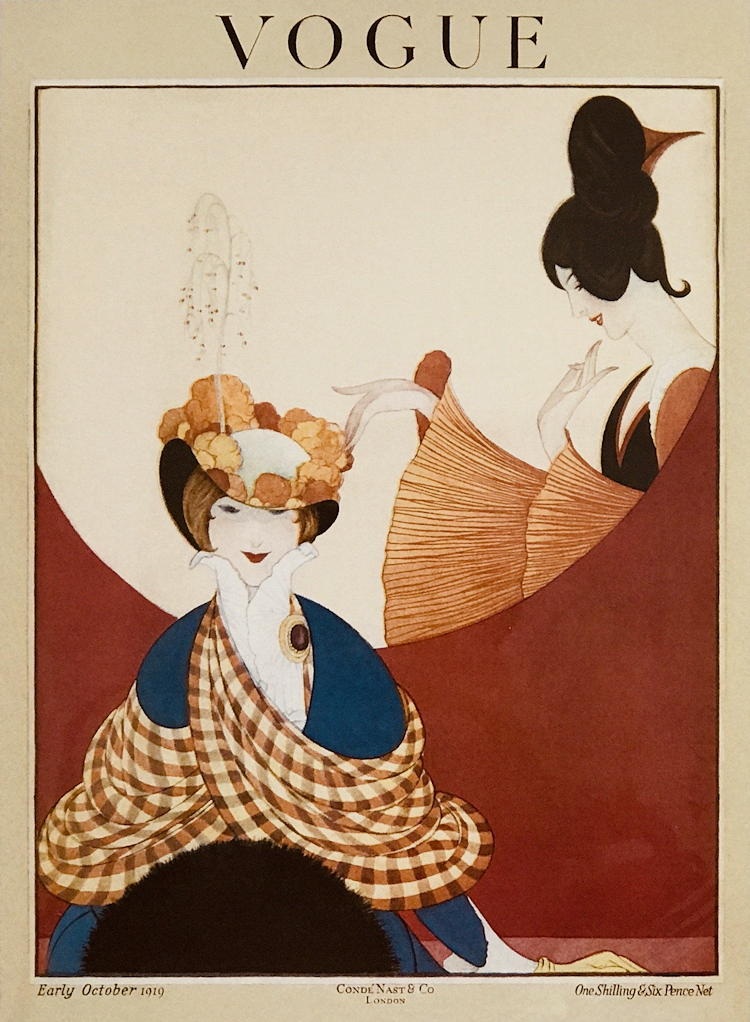 |
| Two photographs that appear to be preparatory studies for the previous and following illustrations. |
*
George Wolfe Plank (25 March 1883, Adams County, Pennsylvania - 4 May1965, Mayfield, East Sussex, England), American artist and illustrator, chiefly remembered for his long-term - 1911-1936 - association with Vogue Magazine. He later took up British citizenship.
I found almost nothing about Plank until I came across all this on the "Find a Grave" website:
In 1914, Plank moved to England with his Philadelphia friends, James and Mildred Whitall. Plank's gift for friendship enabled him to move easily in all ranks of London society and his artistic talents were in great demand. He drew illustrations for his friends' books, including E. F. Benson's The Freaks of Mayfair in 1916, Lady Wellesley's Genesis in 1926, and H.D.'s Hedgehog in 1936 [and Marianne Moore's The Pangolin in 1936]. He also supplemented his Vogue income by designing costumes, sets, and programs for Edy Craig's theatre productions; painting posters for the Red Cross during the First World War; designing chintz cloth and interior decorations for Lady Sackville; and designing stationery and bookplates for H.D., Lady Carter, Pauline Pappenheim, and others. He even completed two royal commissions, including a map of South America in 1918, showing the Queen's Needlework Guilds and, in 1921, the King's bedroom for a dollhouse designed by Sir Edwin Lutyens for Queen Mary.
In 1927, Lutyens designed and built a house for Plank in Sussex, where he resided for the rest of his life. During World War II, Plank joined the Home Guard and nearly died of hyperthyroidism. He was naturalized as an Englishman in 1945 and spent the rest of his days gardening at his house, Marvells. George Plank died in his sleep on May 4, 1965 in a nearby nursing home. [end of bio]
15 May 1928 [excerpt of letter home to sister in North Carolina] "I've thrown up the Ballet - had the first scene all worked out, but these Russian women change their minds so often - they started in with a cubist idea, and landed on the shoals of the Italian primitive painters, and when they insisted on having Fra Angelico and Botticelli reproduced line for line I threw down my pencil and said 'no' definitely. Those pictures were never made for the stage and these silly women are so stupid that they didn't see that the technique of painting and the theatre are divergent things."
[Source for bio. and letter: George Plank Papers. Yale Collection of American Literature, Beinecke Rare Book and Manuscript Library.]
1916 September 26: Robert Edmond Jones has found time while designing the settings for the new ballet to be presented by the Ballet Russe to splash off a setting for the Russian harlequinade that will be a feature of the Washington Square Players' new bill next week. The costumes for the novelty are from designs by George Wolfe Plank, a young American artist, who recently returned from a two years' stay abroad. Gordon Craig had been attracted by Mr. Plank's work and the latter went abroad to study with the distinguished exponent of advanced stage art when the war came and spoiled his plans. It was Mr. Plank who brought into vogue the highly decorative magazine covers of which those of Vogue are typical. [The New York Times, Sunday, Fashions Drama section, Page X5]
1916 October 26-28: There was an exhibition of costumes and costume drawings under the direction of Thomas Raymond Ball shown at the galleries of the National Society of Craftsmen, from October 18 to 28. Some of the best work in the field of costume for the theatre was shown, including plates by Willy Pogany, Maxwell Armfield, Raymond Johnson, Robert Edmond Jones, Frank Zimmerer, and George Wolfe Plank. The stage design models exhibited were by Rhea Wells and John Wenger. [Theatre Arts Magazine, v.1]
Bookplate design: "The talent of which Mr. Plank is possessed is an unusually distinguished arc. It combines, and very ideally, as appreciation of the traditions, the limitations of his art, with a modernism that is beautifully informed and discriminating. In the use of the graver, Mr. Plank shows distinction in the management of his lines and masses. He draws with certainty and his masses are arranged with the unerring taste of a 18th Century Japanese print designer. Ugliness absents itself from all his designs and, while vigorous, they never affect a medieval crudity which, to so many, seems always to characterize this particular art." [Olive Percival in Shedon Cheney's "Bookplate Booklet" (1939)]





































Just came across this article today & as always, thoroughly enjoyed seeing Plank's Vogue covers again. I created that Find-A-Grave memorial mentioned above. There were at least two web pages I designed for Plank that no longer exist (featuring his work, his life, family, friends, & co-workers). I did the bulk of my research at the Yale Beinecke Special Collections, where they own his letters among other documents. Thanks for posting this article. Nancy B. Thompson
ReplyDeleteThank YOU, Nancy, for all your hard work on this wonderful artist; you have my sincerest gratitude! : )
Delete